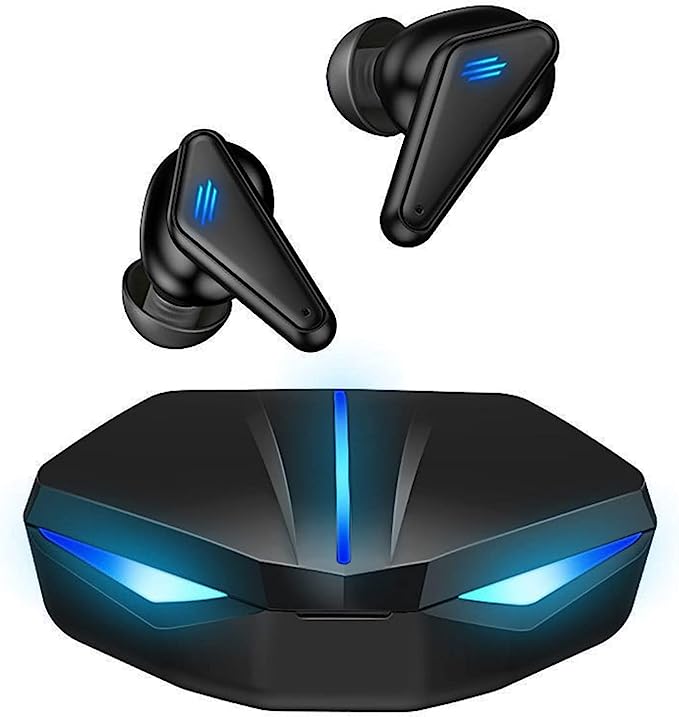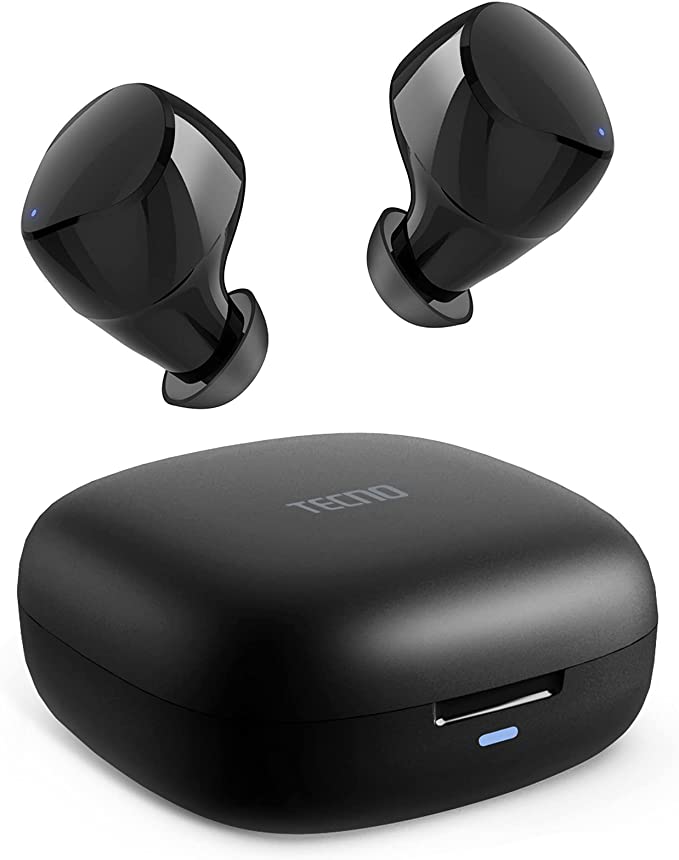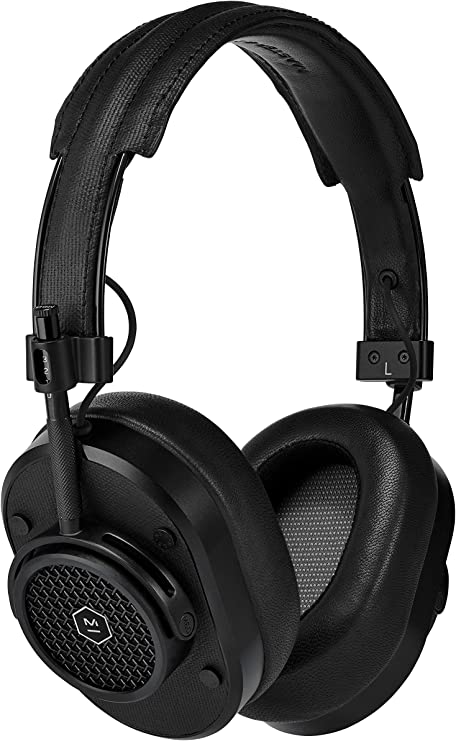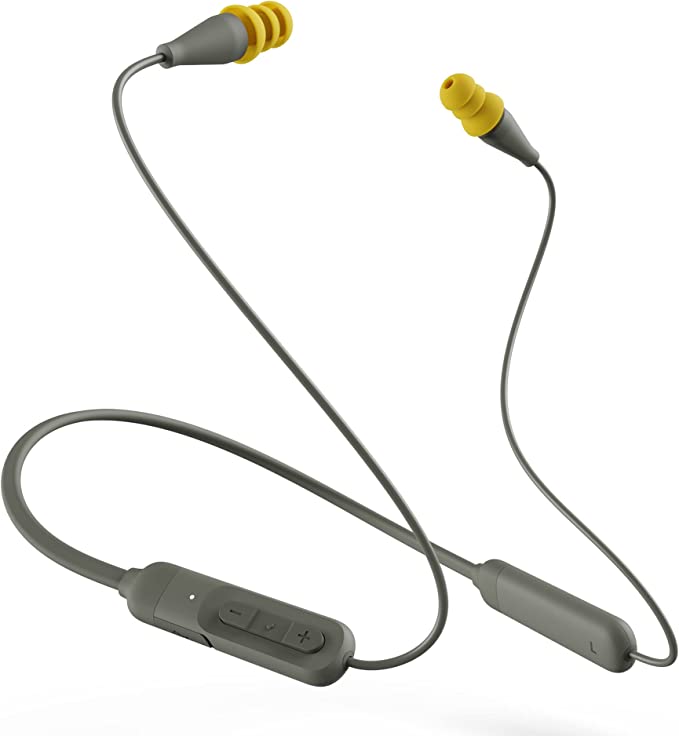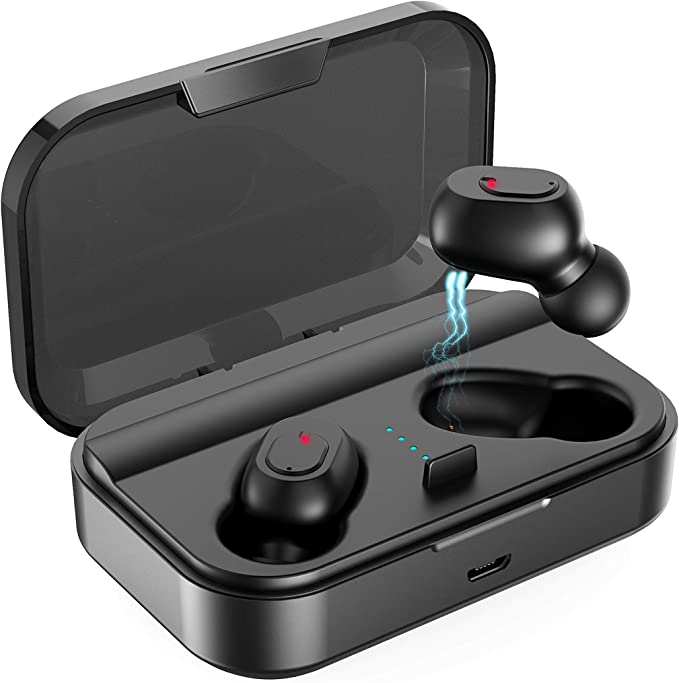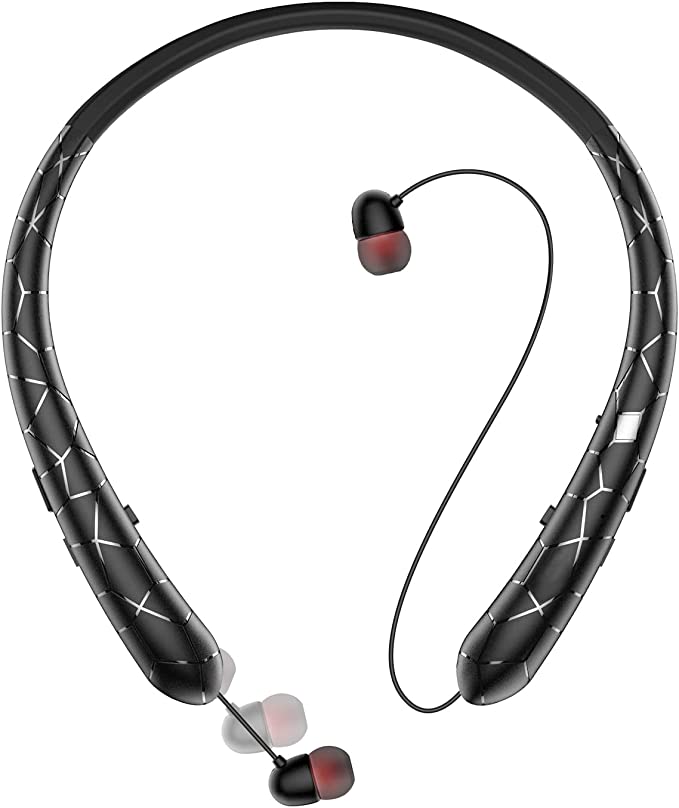iLuv SG100 Gaming Wireless Earbuds: Unleash Your Gaming Potential with Ultra-Low Latency
Update on July 24, 2025, 1:34 p.m.
There’s a certain purity to the classic arcade experience. Think of Pac-Man in 1980. The iconic wocka-wocka sound wasn’t just background noise; it was a direct, hardwired response to your actions on the joystick. Every turn, every devoured dot, was confirmed by an immediate, corresponding sound. The connection was perfect, the feedback instantaneous. There was zero lag.
Flash forward to today. We exist in a world of photorealistic graphics and sprawling open worlds, yet we’ve introduced a new ghost into the machine: wirelessness. As we untether ourselves from our devices, we often find ourselves battling a subtle but deeply frustrating disconnect. You execute a perfect headshot, but the crack of the rifle follows a moment later. You parry an attack, but the clash of steel feels strangely out of sync. This is audio latency, and it’s a modern wrinkle in the age-old story of human-computer interaction—our unending quest for a seamless, real-time dialogue with our digital worlds.
While a high-end gaming headset might seem worlds apart from a vintage arcade cabinet, the fundamental goal is the same: to make technology an invisible extension of our will. Products like the iLuv SG100 Gaming Wireless Earbuds are a fascinating case study in this battle, showcasing a convergence of technologies designed to hunt down and eliminate those final, crucial milliseconds of delay.

The Ghost in the Machine: Why Our Brains Despise Audio Lag
To understand why audio lag feels so fundamentally wrong, we have to look inside our own heads. The field of psychoacoustics, the study of how we perceive sound, reveals that our brain is constantly working to synchronize the information it receives from our senses. It operates within what scientists call a “temporal integration window”—a brief period, typically under 100 milliseconds, during which it considers audio and visual signals to be part of the same event.
When a sound is delayed beyond this window, the illusion shatters. Your brain detects a conflict. It knows the sight of an explosion and the sound of it should be one and the same, but the data is telling a different story. This sensory mismatch can be jarring, breaking immersion and demanding extra cognitive load to reconcile. In the high-stakes environment of competitive gaming, where reaction time is paramount, this is more than an annoyance; it’s a critical disadvantage. You’re forced to act on visual cues alone, while your crucial auditory warnings trail behind.
The journey a sound takes in a wireless system explains where these delays originate. When a game generates a sound, it isn’t simply sent to your ears. First, it must be digitally encoded into a compressed format. Then, it’s transmitted wirelessly via Bluetooth. Finally, your earbuds must receive and decode this data before converting it back into the analog sound waves that your eardrum can register. Each step, however efficient, contributes to the total latency. The challenge for engineers is to make this entire round trip faster than our brains can notice.

Anatomy of a Modern Solution
Defeating latency isn’t about one magic bullet; it’s about optimizing every single link in that chain. Earbuds designed for gaming, like the iLuv SG100, are a testament to this multi-pronged approach, integrating advances in wireless protocols, microphone technology, and specialized processing.
The Bluetooth Superhighway
At the heart of any modern wireless device is its Bluetooth connection. The move to Bluetooth 5.0 was a significant leap forward in the fight against latency. According to the official Bluetooth Special Interest Group (SIG), the standard-setting body, Bluetooth 5.0 can offer up to double the speed of its predecessor, Bluetooth 4.2. This isn’t just a marketing claim; it’s thanks to technical improvements like a new physical layer option (LE 2M PHY) that allows for a higher data rate.
Think of it as upgrading a country road to a multi-lane superhighway. With a wider, faster pathway, audio data packets can travel from the gaming device to the earbuds more quickly and with fewer “traffic jams” from other wireless interference. This increased speed and stability form the essential foundation upon which low-latency performance is built.
The Chip-Sized Mouthpiece
In the era of team-based gaming, clear communication is non-negotiable. Here, another piece of microscopic marvel comes into play: the MEMS microphone. MEMS stands for Micro-Electro-Mechanical System, and it represents a radical departure from traditional microphone technology. Instead of hand-assembled components, MEMS microphones are “printed” onto silicon wafers using the same photolithography techniques used to create computer processors.
This semiconductor-based manufacturing process results in microphones that are incredibly small, power-efficient, and, most importantly, remarkably consistent in performance. When a product like the SG100 uses a dual MEMS microphone array, it can perform sophisticated tricks. One microphone focuses on capturing the user’s voice, while the other listens to the surrounding ambient noise. Onboard processors can then subtract the noise from the signal, resulting in a cleaner, clearer voice transmission to teammates. It’s a perfect example of how precision engineering at a microscopic level solves a very human-sized problem.
The 60-Millisecond Promise
With a stable Bluetooth foundation and clear communication channels, the final piece of the puzzle is specialized processing. Many gaming earbuds feature a “Gaming Mode,” which, in the case of the iLuv SG100, claims to reduce latency to as low as 60 milliseconds. By activating this mode, the earbuds prioritize speed above all else, potentially using a less complex audio codec or a more aggressive data transmission strategy to shorten the encoding and decoding process.
A latency of $60ms$ is a critical threshold. It sits comfortably inside the brain’s temporal integration window, making the delay functionally imperceptible for most people. The sound of a gunshot now lands in sync with its muzzle flash. The footsteps of an approaching enemy are no longer a ghostly echo of their on-screen position, but a real-time, actionable piece of intelligence. This is where technology succeeds in its ultimate goal: it becomes so responsive that it fades into the background, allowing for pure, unhindered immersion.

Closing the Gap Between Worlds
The journey from the perfect, hardwired sync of an arcade machine to the near-instantaneous feedback of modern gaming earbuds is more than just a story about technology. It’s about our innate human desire for a frictionless connection with our tools and our digital creations. Every millisecond shaved off is another step towards erasing the boundary between the physical and virtual worlds.
While we may never achieve true “zero lag” in a wireless world, the relentless progress in material science, semiconductor manufacturing, and wireless protocols shows how far we’ve come. Devices like these are significant not just for what they do, but for what they represent: the democratization of high-performance technology. They prove that the quest for a seamless, immersive experience is no longer confined to professional esports arenas but is something we can all hold in the palm of our hand, and place in our ears. The wocka-wocka is gone, but the dream of perfect synchronization lives on.
